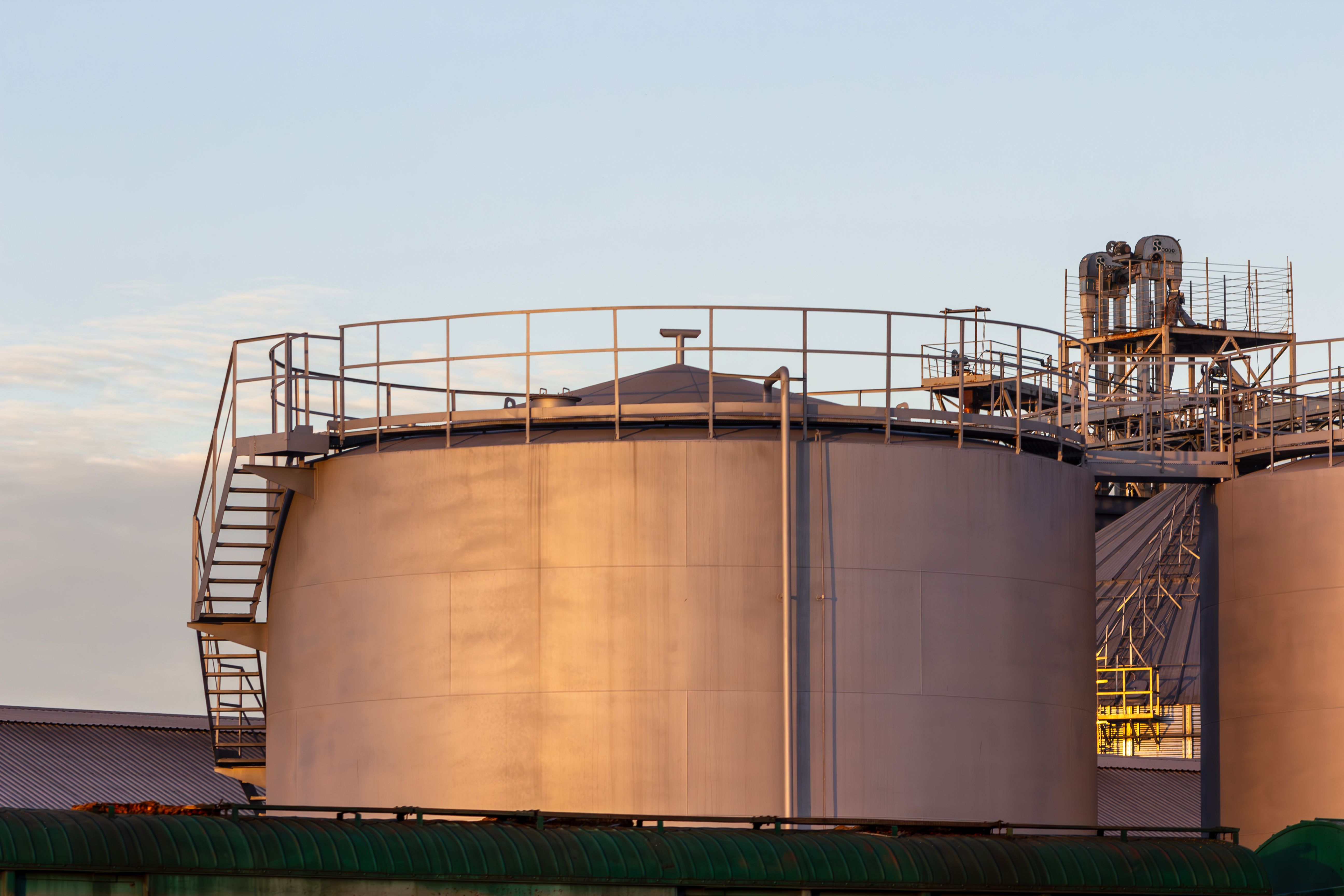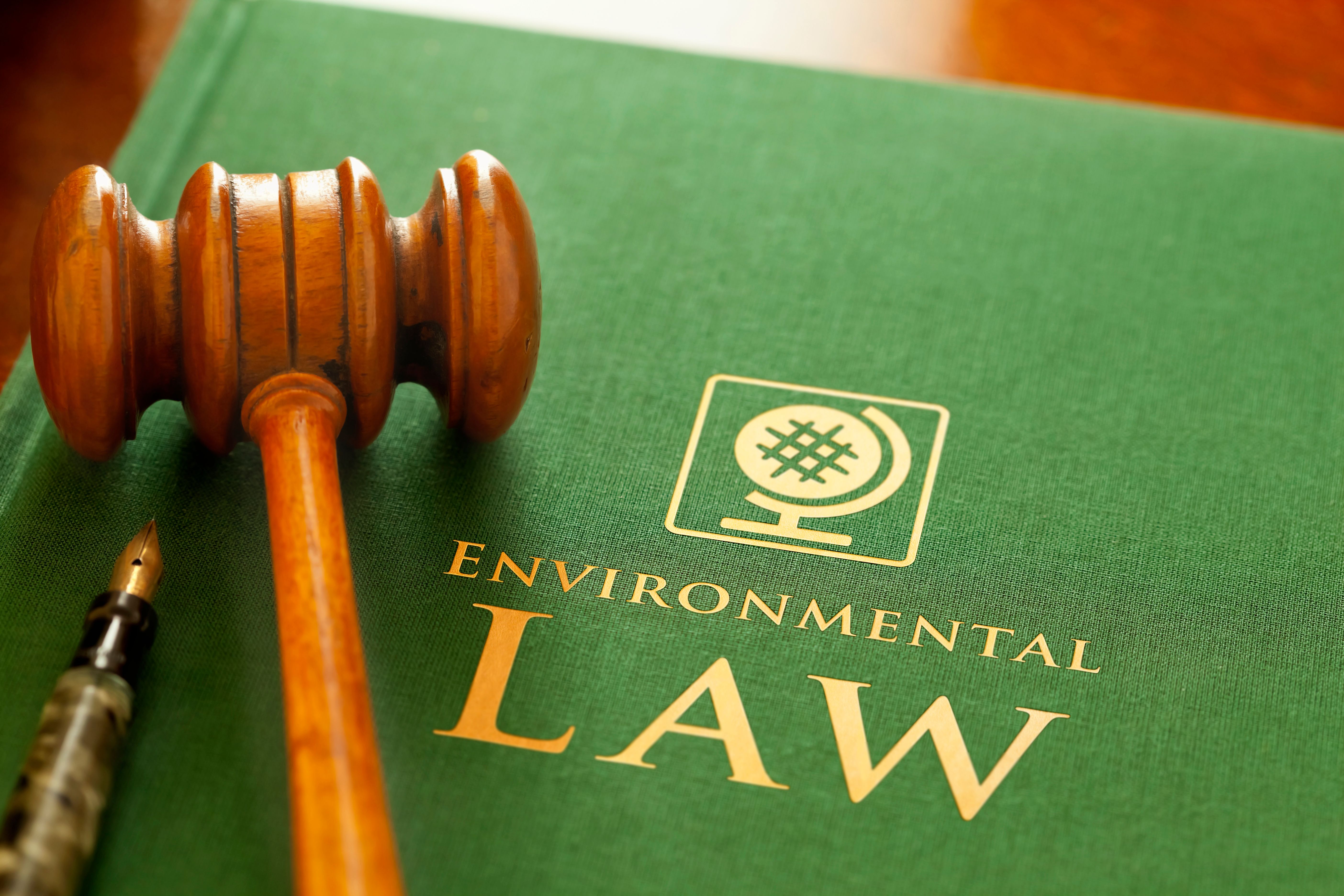Addressing Common Challenges in Polyaluminium Chloride Applications Across Industries
Understanding Polyaluminium Chloride
Polyaluminium Chloride (PAC) is a highly effective coagulant used in water treatment processes across various industries. Its ability to purify water by removing contaminants makes it a preferred choice. However, despite its widespread use, there are several challenges that industries face when applying PAC.
Industries such as municipal water treatment, paper manufacturing, and textile production frequently use PAC to improve water quality and meet regulatory standards. Understanding the common challenges in its application can help optimize its use and enhance efficiency.

Common Challenges in PAC Applications
Dosage Optimization
One of the primary challenges is determining the correct dosage of PAC. The effectiveness of PAC depends largely on the correct concentration, which can vary based on the quality of the water being treated. Overuse or underuse can lead to ineffective treatment or increased costs.
To address this, industries can invest in automated systems that continuously monitor water quality and adjust PAC dosing accordingly. This not only ensures optimal use but also reduces waste and environmental impact.
Handling and Storage
Proper handling and storage of PAC are crucial to maintain its efficacy. PAC is sensitive to moisture, and exposure can lead to clumping and reduced activity. Therefore, it should be stored in airtight containers away from moisture.

Additionally, safety measures must be in place to handle PAC, as it can be corrosive. Training personnel in safe handling practices can prevent accidents and maintain a safe working environment.
Environmental and Regulatory Considerations
Compliance with Regulations
Industries must ensure that their use of PAC complies with environmental regulations. This includes monitoring the residual levels of PAC in treated water to prevent harmful environmental impact. Regular audits and updates on regulatory requirements can aid in maintaining compliance.
- Regular water quality testing
- Staying updated with local regulations
- Implementing environmental management systems

Disposal of By-products
The by-products of PAC application, such as sludge, must be managed properly to avoid environmental contamination. Effective sludge management strategies include proper disposal methods and exploring options for recycling or repurposing the sludge.
Conclusion
Addressing the challenges associated with Polyaluminium Chloride applications requires a comprehensive approach that considers dosage optimization, proper handling, regulatory compliance, and environmental management. By addressing these areas, industries can enhance the effectiveness of PAC, reduce costs, and protect the environment.
Continued research and development in PAC applications will further improve its efficiency and sustainability, ensuring that it remains a vital component in water treatment processes across industries. ONESCHEM expects to talk and develop more possibilities how to deal with these pain points.
